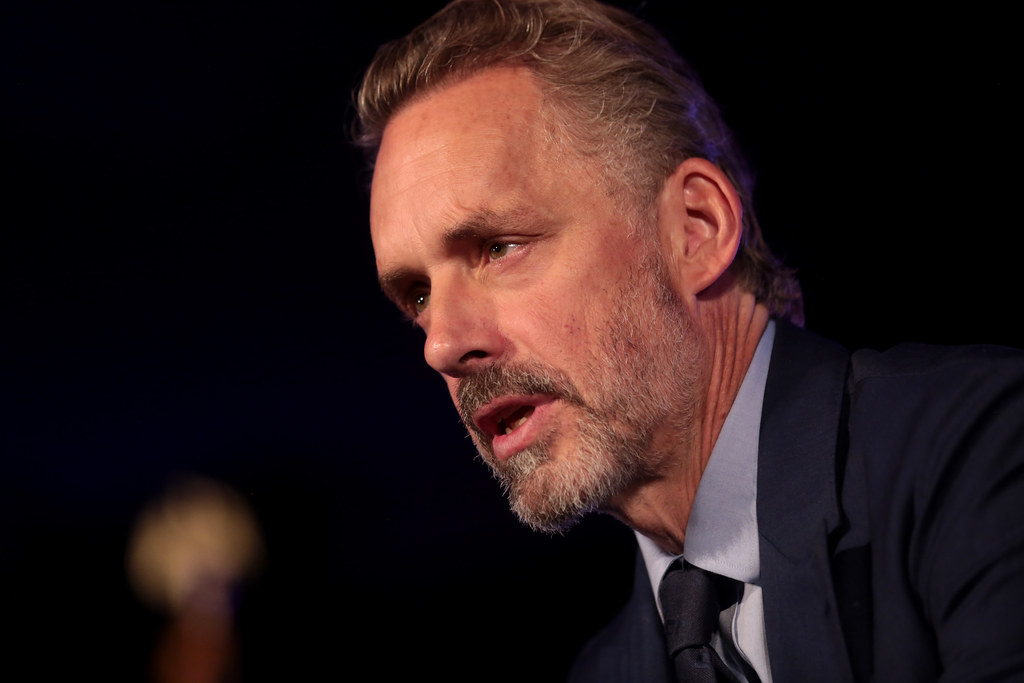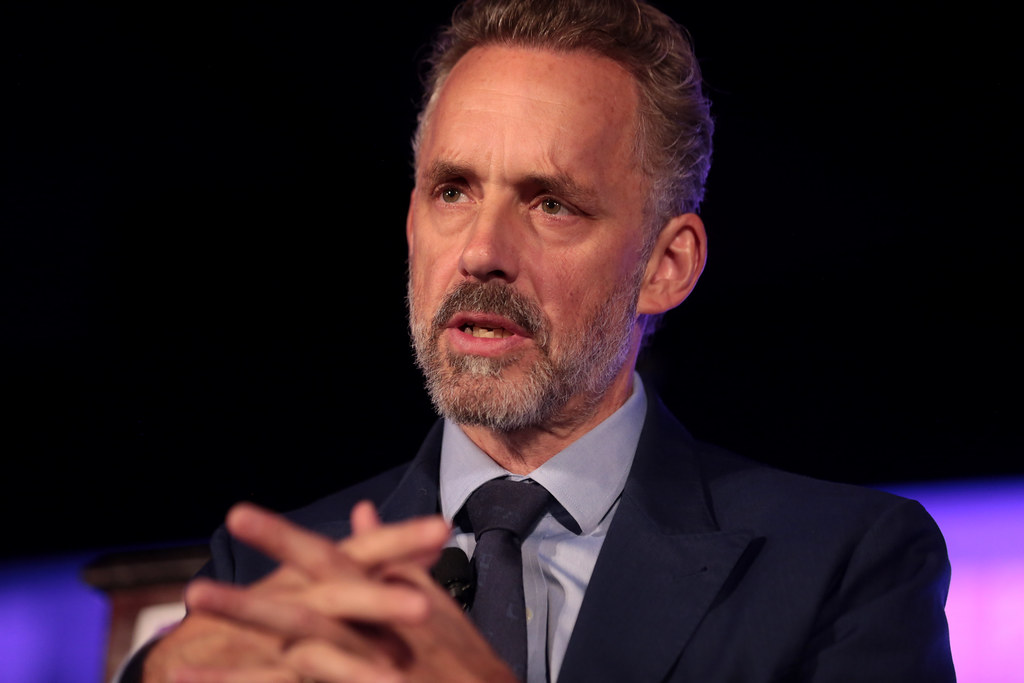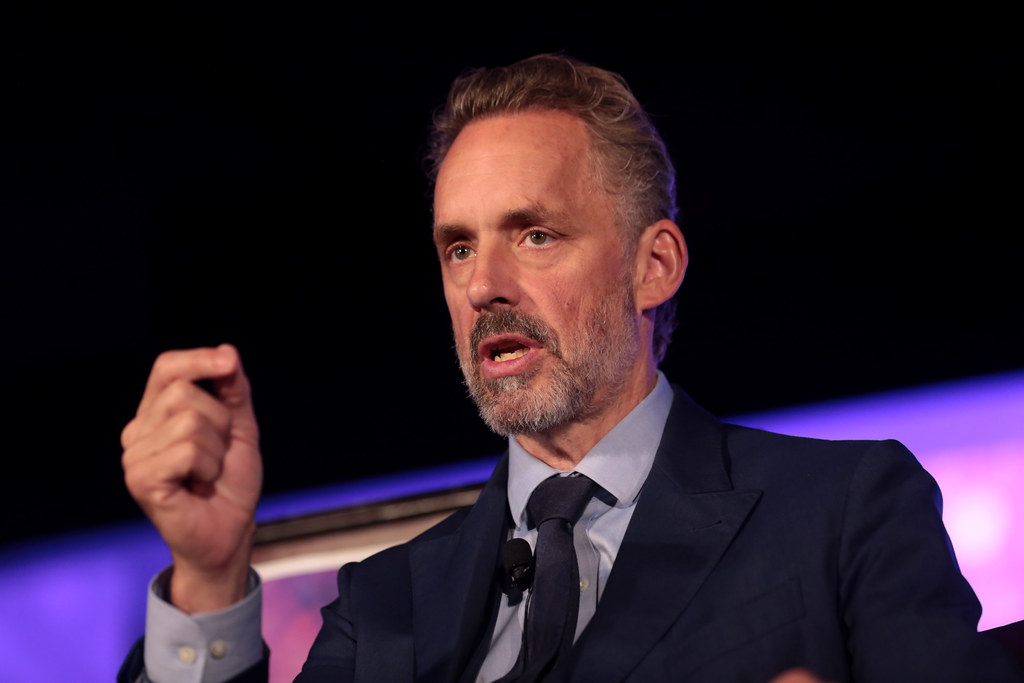Jordan Peterson: The Psychology of Evil People
Article-at-a-Glance: Key Insights into the Psychology of Evil
- What motivates individuals to commit acts of evil?
- Examine the psychological profiles of those who embody malevolence.
- Identify the environmental and societal factors that can foster evil behavior.
- Understand the role of self-awareness in confronting our own capacity for harm.
- Strategies for recognizing and protecting against the influence of malevolent individuals.
What Drives a Person to Evil: Understanding the Root Cause
Evil deeds don’t occur in a vacuum; they often have underlying factors that drive individuals to commit them. Jordan Peterson sheds light on the intricate web of motivations and influences that can lead someone down a malevolent path. Let’s explore these factors and how they interconnect to provide a deeper understanding of what drives a person to evil.
Childhood trauma, peer influence, mental health issues, feelings of powerlessness, the role of ideology, personality traits, and substance abuse—all these elements play a part in the complex tapestry of human behavior. They are not isolated factors but often intertwine, creating a perfect storm that may lead to malevolent actions.

Jordan Peterson
Understanding these root causes of evil is not about excusing malevolent actions; rather, it’s about recognizing the complexity of human behavior. By comprehending the factors that drive individuals to commit evil deeds, we can better address the underlying issues and work towards preventing such actions in the first place. It’s a reminder that evil is not inherent in individuals but often a consequence of a complex interplay of circumstances and influences.
Unmasking Malevolence: Recognizing the Dark Side
In our journey to promote good, it’s crucial to first understand the elements of malevolence. Evil isn’t a mythical force; it often emerges from a complex interplay of personal traits and external factors. Jordan Peterson sheds light on the psychological profiles of malevolent individuals, which include traits like narcissism, lack of empathy, manipulation, aggression, paranoia, antisocial behavior, and sadism. Recognizing these traits in ourselves and others is the first step in curbing their influence.
Self-Awareness: The Key to Confronting Evil
To suppress evil tendencies, we must cultivate self-awareness. Peterson’s message is clear: we all have the potential for malevolence, and it’s our responsibility to confront it. Self-awareness means constantly questioning our motives and actions, being brutally honest with ourselves, and recognizing when we rationalize harmful behavior. This ongoing process of self-scrutiny is the antidote to malevolence, and it’s a practice we must wholeheartedly embrace.

The Shadow and the Persona: Integrating Darkness and Light
Each of us has a ‘shadow,’ a hidden aspect of our personality that harbors our darkest impulses. Peterson’s teachings emphasize the importance of acknowledging and integrating this shadow into our ‘persona,’ the face we present to the world. It’s not about giving in to evil, but about understanding that it exists within us. By recognizing and embracing our shadow, we gain control over it and prevent it from unconsciously dictating our actions.
Personal Development: Nurturing the Good Within
One of the most effective ways to promote good is through personal development. Peterson encourages us to cultivate virtues like empathy, patience, and courage. It’s about setting goals that benefit not only ourselves but also contribute positively to the lives of others. Some strategies for personal growth that can help us become beacons of goodness include reflective practices, seeking feedback, stepping out of our comfort zone, lifelong learning, practicing gratitude, volunteering, and setting boundaries.
Building Resilience: Protecting Against Negative Influences

“Jordan Peterson
Living in a world where evil exists requires us to build resilience. It’s about constructing a mental fortress that safeguards our well-being. Resilience involves nurturing a strong sense of self, developing healthy coping mechanisms, and maintaining a supportive social network. Education is key; understanding the psychological tactics used by malevolent individuals can help us recognize and resist them. By building resilience, we create a shield against the influence of evil.
Recognizing Warning Signs: Trust Your Instincts
Evil rarely strikes out of nowhere; there are often warning signs. Manipulative behavior, a lack of empathy, and a pattern of disrespecting boundaries are red flags. Trust your instincts—if something feels off, it probably is. Being aware of these warning signs allows us to steer clear of potentially harmful situations and individuals. It’s not about paranoia but informed caution.
The Power of Choice: Choosing Good over Evil

Ultimately, the power to choose between good and evil lies within us. Our choices shape our character and determine our path. Choosing kindness and integrity makes us heroes, distinguished from villains. Even in the darkest of circumstances, we have the power to choose differently, to resist malevolence, and to move towards healing and growth. This journey of self-confrontation may be challenging, but it is necessary if we are to live lives that are authentic and ethical.
Influencing Others for Good: Leading by Example
Our actions have a ripple effect on those around us. By embodying goodness in our own lives, we inspire others to do the same. Leading by example means consistently choosing good over evil, showing empathy, and standing up against injustice. It means being a role model for our children, our peers, and our communities; the influence of one’s goodness can be profound.
Cultivating Empathy: Bridging the Divide
Empathy is a powerful force for good. It allows us to connect with others on a deep level, to understand their pain, and to offer support. In a world often divided by differences, cultivating empathy can bridge the gap and promote unity. Peterson’s teachings remind us that empathy is not a weakness but a strength, one that can transform our relationships and society as a whole.
Choosing the Path of Good: Scale for Good

In the intricate dance between good and evil within us, the choices we make every day determine the outcome. Jordan Peterson’s insights into the psychology of evil offer us a roadmap to navigate this complex terrain. By recognizing the signs of malevolence, cultivating self-awareness, embracing personal development, and leading by example, we can tip the scales toward goodness. It’s a timeless battle, and we have the power to choose which wolf we feed—the one representing kindness or the one representing harm. Let us choose to nurture the good within us and inspire it in others, for in doing so, we create a world where good deeds and behaviors prevail.
FAQs: Addressing Common Queries About the Psychology of Evil
Now, let’s tackle some of the most burning questions you might have about the psychology of evil. These are questions that often come up in discussions, debates, and even late-night ponderings. I’ll give you the straight facts, no beating around the bush. Let’s dive in.
Is evil innate or learned?
It’s the old nature versus nurture debate. Are people born evil, or do they learn to be that way? The answer isn’t black and white. While certain personality traits may be innate, the expression of these traits is often shaped by experiences and environment. In other words, a person’s capacity for harm can be influenced by both their biology and their upbringing.
Can someone be inherently evil?
This is a tough one. To say someone is inherently evil is to ignore the complexity of human behavior. People are not one-dimensional; they’re the sum of many parts. While some individuals might consistently make harmful choices, it’s important to consider the factors that have shaped their behavior. It’s rarely as simple as someone just being ‘evil’.
How does society influence an individual’s capacity for evil?
Society plays a huge role in shaping our behavior. It sets the norms and values that guide our actions. When a society glorifies violence, discriminates against certain groups, or fails to enforce the rule of law, it can create an environment where harmful behavior is more likely to occur. On the flip side, a society that promotes empathy, fairness, and justice can help to curb the development of malevolent actions.
Can understanding evil help prevent malevolent actions?
Absolutely. Understanding the psychology of evil is like having a roadmap to the human mind. It helps us to recognize warning signs, both in ourselves and in others, and to take proactive steps to prevent harm. Knowledge is power, and in this case, it’s the power to protect, to intervene, and to make a positive difference.
Do all humans possess the potential for both good and evil?
Yes, we all have the potential for both good and evil. It’s part of being human. But potential is just that—potential. It’s not destiny. We have the power to choose our path, to nurture the good within us, and to resist the temptations that lead to harm. It’s a choice we make, moment by moment, day by day.
Is evil innate or learned?
The debate about whether evil is innate or learned is a complex one, involving a blend of both genetic predispositions and environmental influences. Some people may be born with certain personality traits that could predispose them to harmful behaviors, but it’s their interactions with the world that shape how these traits manifest. It’s like having a seed that could grow into any number of plants, depending on the soil it’s planted in and the care it receives. The environment, the experiences one goes through, and the choices one makes all contribute to whether that seed grows into something harmful or beneficial.
Can someone be inherently evil?
To label someone as inherently evil is to overlook the multifaceted nature of human beings. It’s essential to recognize that behavior is often a response to a person’s experiences and environment. Even those who commit heinous acts have a backstory, a series of events and decisions that led them to that point. It’s not about excusing the behavior but about understanding that ‘evil’ is not a static trait. It’s a series of actions, and actions can change, given the right circumstances and interventions.
How does society influence an individual’s capacity for evil?
Society acts as a mirror, reflecting values and norms that individuals absorb and act upon. It’s a powerful force that can either encourage compassion and cooperation or breed division and hostility. Societal structures and the media can influence behavior by normalizing certain actions, whether they’re positive or negative. For instance, a society rife with corruption and injustice may inadvertently nurture a sense of cynicism and self-serving behaviors. Conversely, a society that values fairness and altruism can encourage its members to act with integrity and kindness.
Can understanding evil help prevent malevolent actions?
Knowledge is a tool, and when it comes to understanding evil, it’s a tool that can be used to dismantle the mechanisms that lead to malevolent actions. By studying the psychological underpinnings of harmful behaviors, we can develop strategies to counteract them. Education on these matters can empower individuals to recognize and challenge destructive patterns in themselves and others. Ultimately, understanding evil can lead to greater empathy and proactive measures to build a more compassionate society.
Do all humans possess the potential for both good and evil?
Yes, the capacity for both good and evil exists within each of us. It’s a duality that’s part of the human condition. However, it’s not a predetermined fate. We have the incredible ability to choose which path we follow. Our actions, big and small, shape our character and the world we live in. By making conscious choices towards good, we can foster a positive environment that diminishes the space for evil to grow.
In conclusion, the psychology of evil is not a simple topic to dissect. It involves a dance between innate traits and learned behaviors, influenced by the societal stage on which it unfolds. Understanding the nature of evil is not just an academic exercise; it’s a practical tool for fostering a world where good prevails. By recognizing the potential for harm within ourselves and others, we can make informed choices that steer us away from malevolence and towards a life filled with positive actions and intentions.
It’s important to remember that the journey doesn’t end with understanding; it begins there. It’s what we do with this understanding that counts. Let’s choose to nurture the good within ourselves and inspire it in others. Let’s choose to be the light in the darkness, the voice of reason in chaos, and the hand that reaches out with kindness. Together, we can tip the scales towards good, one choice at a time.
